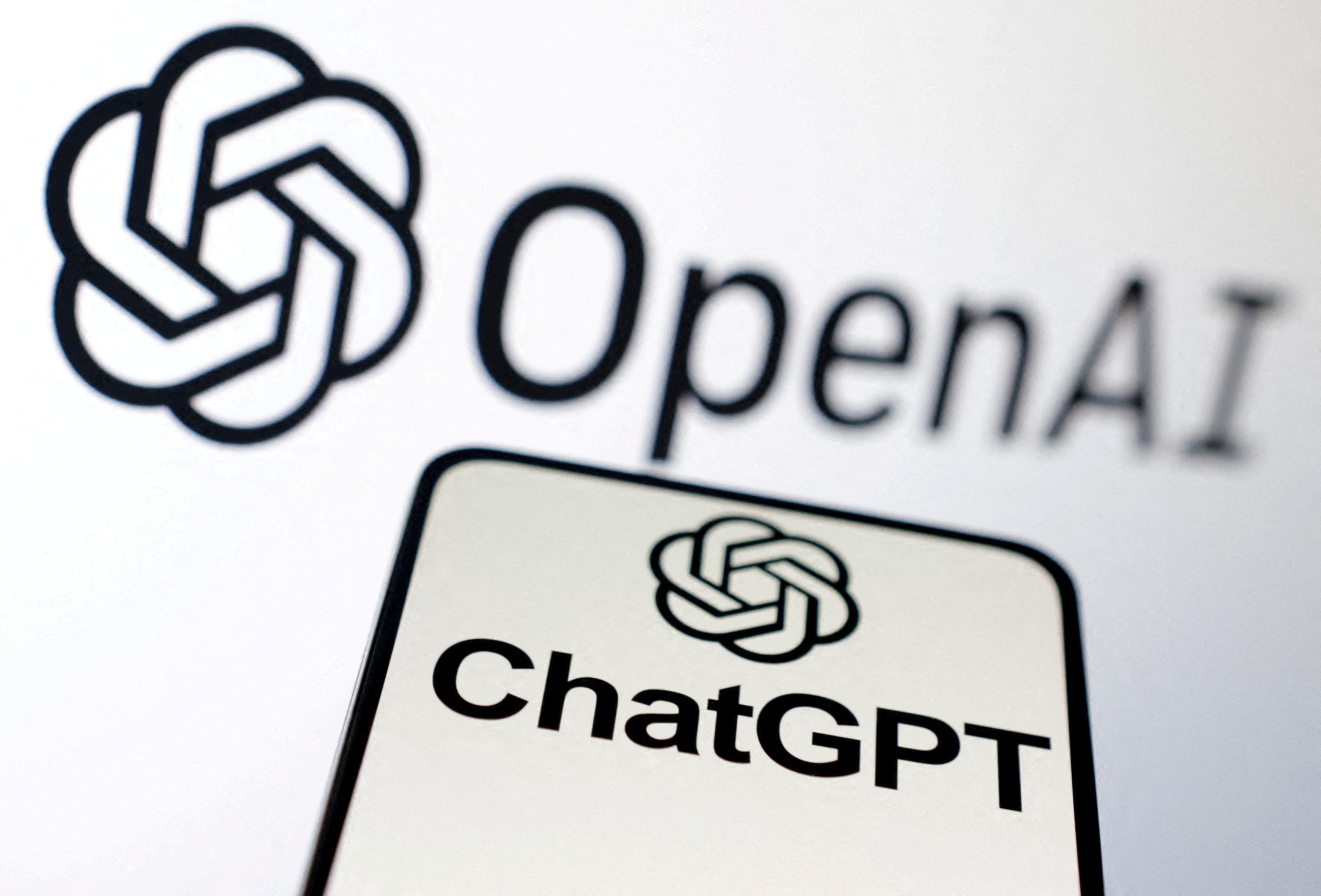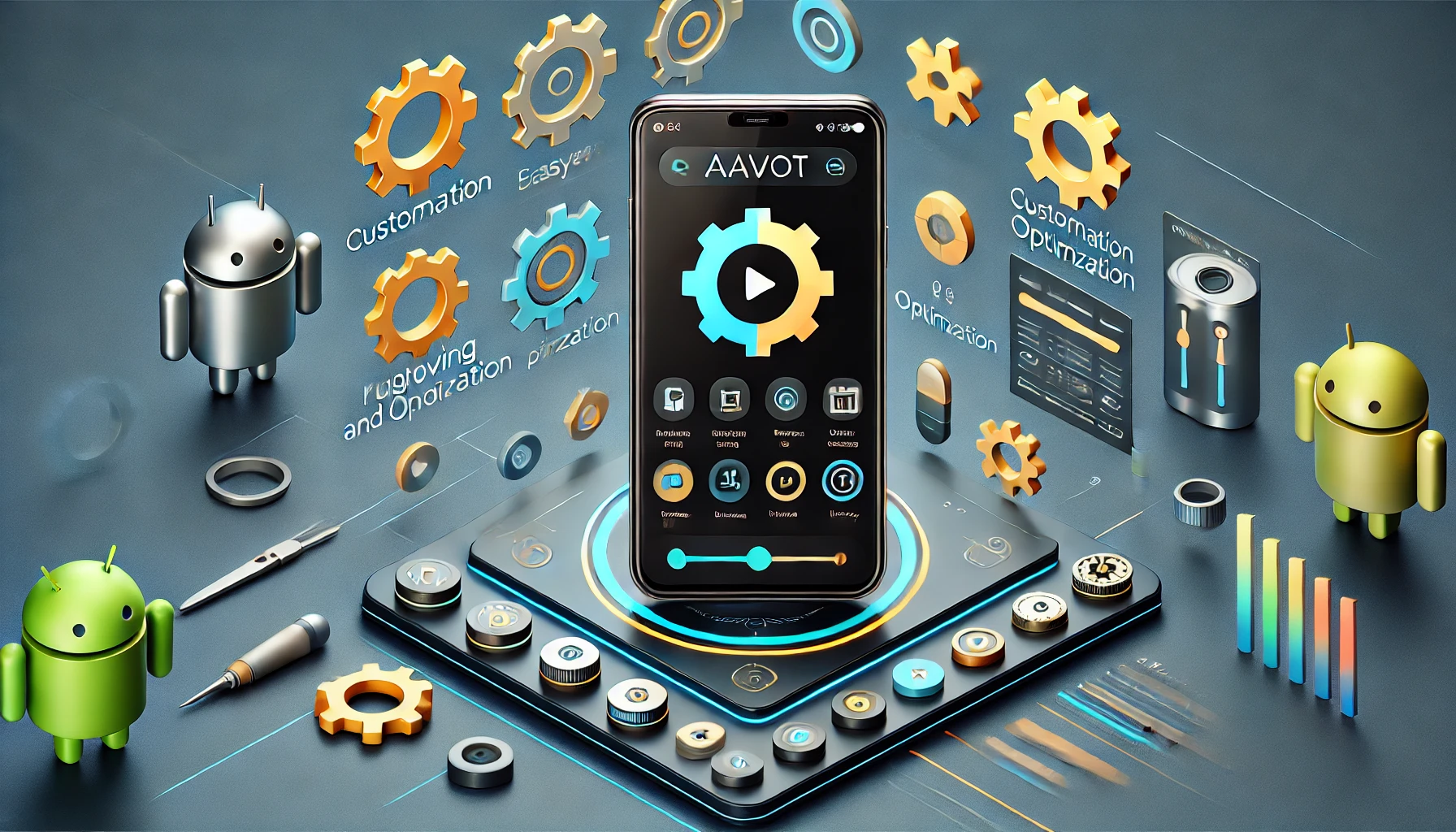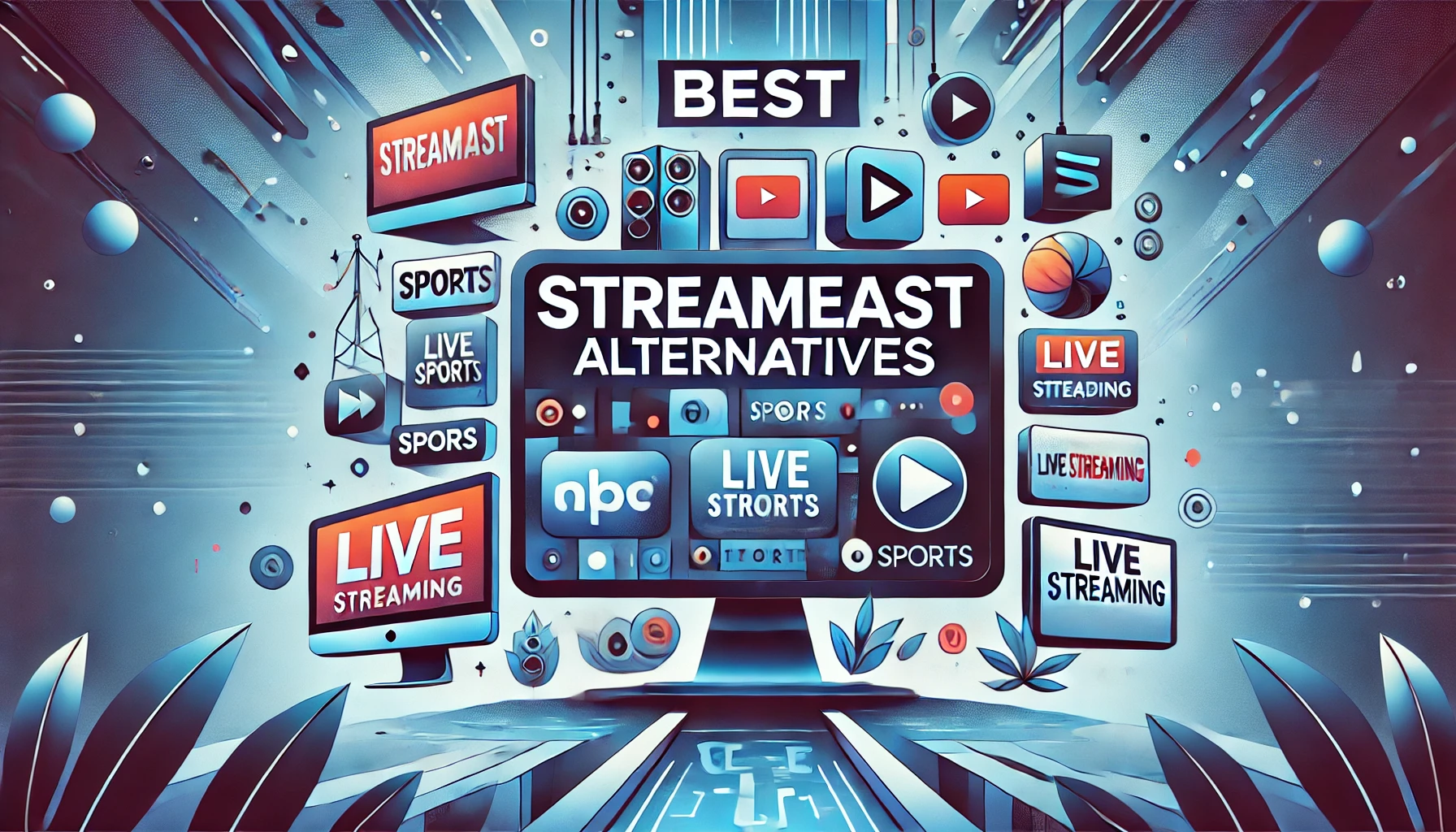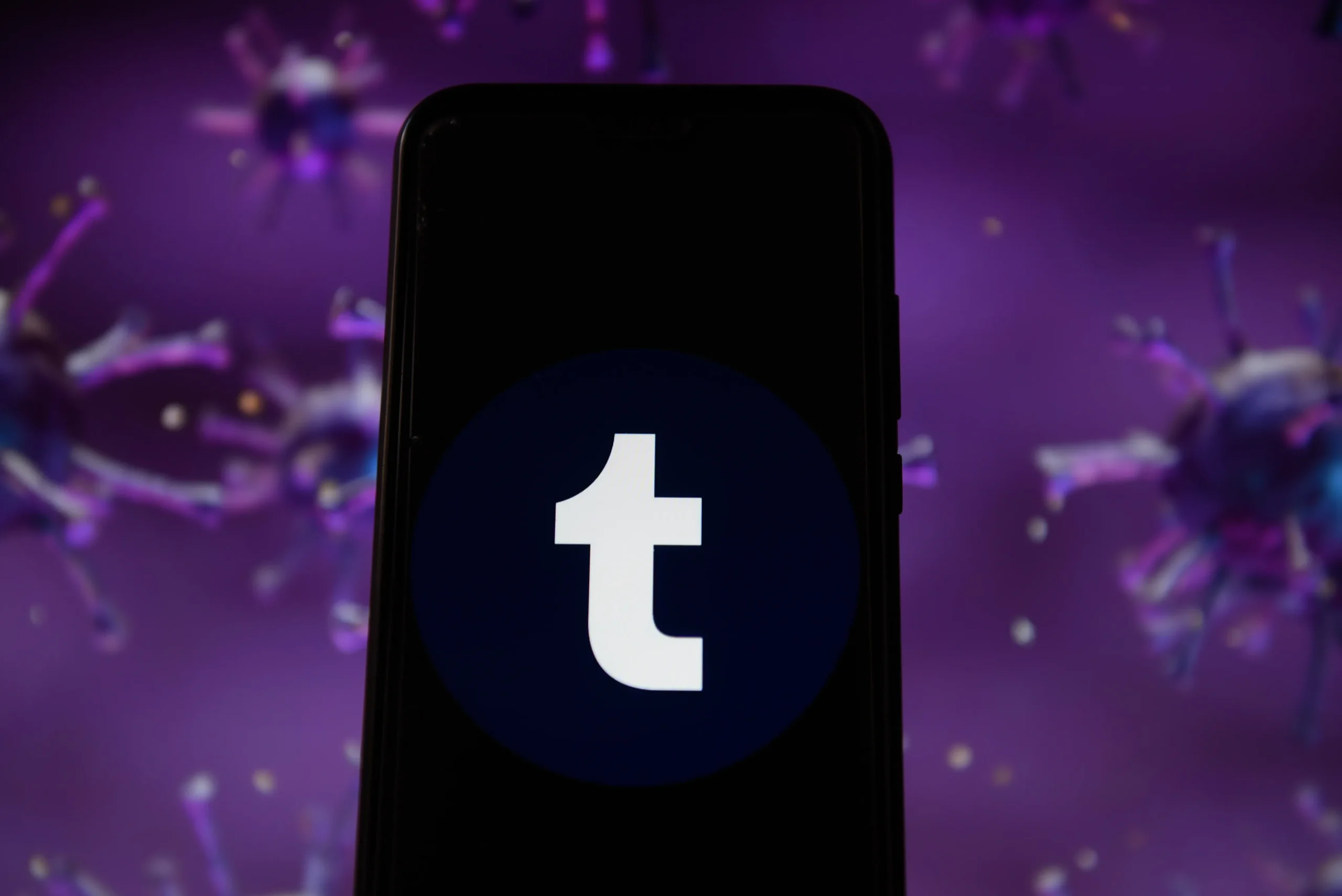
Artificial Intelligence (AI) has been a driving force behind innovations in technology, and one of its most groundbreaking developments is ChatGPT. This AI-powered language model, developed by OpenAI, has gained immense popularity due to its ability to engage in human-like conversations, solve complex problems, and assist in various professional and personal tasks. This article delves into the world of ChatGPT, exploring its features, functionality, applications, benefits, limitations, and future prospects.
What is ChatGPT?
ChatGPT is a sophisticated language model designed to understand and generate human-like text based on input it receives. It leverages OpenAI’s Generative Pre-trained Transformer (GPT) architecture, which has been trained on vast amounts of text data from the internet. This training enables ChatGPT to produce coherent, context-aware, and engaging responses, making it an invaluable tool for numerous use cases.
The GPT framework employs deep learning techniques and a transformer neural network structure, enabling it to understand context, syntax, and semantics effectively. ChatGPT stands out as one of the most advanced AI conversation tools, capable of adapting to various tones, audiences, and languages.
Key Features of ChatGPT
1. Contextual Understanding
ChatGPT excels in understanding the context of a conversation. Unlike earlier models, it retains information from previous interactions within a session, allowing for smoother and more meaningful exchanges.
2. Multilingual Support
The model is capable of generating responses in multiple languages, making it a global solution for communication and information dissemination.
3. Versatility
From casual conversations to technical problem-solving, ChatGPT can adapt to diverse topics and requirements. Whether it’s generating creative content, offering coding assistance, or answering trivia, the model is versatile.
4. Scalability
The underlying GPT architecture allows for scalability, meaning ChatGPT can be fine-tuned for specific industries or applications, such as customer support, healthcare, or education.
5. User-Friendly Interaction
ChatGPT simplifies human-AI interactions with its intuitive design, requiring no prior technical knowledge to operate. Its text-based interface makes it accessible to virtually anyone with an internet connection.
How ChatGPT Works
ChatGPT relies on three primary steps: pre-training, fine-tuning, and inference.
1. Pre-training
During this phase, the model learns from an extensive corpus of data available on the internet, including books, articles, and websites. It learns language patterns, grammar, and context but does not memorize specific information.
2. Fine-tuning
Fine-tuning involves training the model on curated datasets with human reviewers’ input. This step ensures the model adheres to ethical guidelines, avoids biases, and maintains accuracy.
3. Inference
Inference is the real-time application of the model. When a user inputs a query, ChatGPT processes the text, predicts the most likely sequence of words, and generates a response.
Applications of ChatGPT
ChatGPT’s versatility has made it a game-changer across industries. Here are some of its most prominent applications:
1. Customer Support
Many companies leverage ChatGPT to handle customer inquiries, troubleshoot issues, and provide personalized assistance. It enhances efficiency and reduces the workload on human agents.
2. Content Creation
ChatGPT assists writers, marketers, and creators in generating high-quality content, including blog posts, social media updates, and promotional materials. It can also brainstorm ideas and refine drafts.
3. Education
Students and educators use ChatGPT for learning support, tutoring, and research assistance. The AI model simplifies complex topics and provides explanations tailored to individual needs.
4. Coding and Programming
ChatGPT is invaluable for developers, helping them debug code, write scripts, and understand programming concepts. It’s a virtual coding assistant available 24/7.
5. Healthcare
In the healthcare sector, ChatGPT is employed for tasks like scheduling appointments, providing preliminary health advice, and assisting in medical research.
6. Personal Assistance
From setting reminders to drafting emails, ChatGPT acts as a virtual personal assistant. Its ability to adapt to individual preferences makes it a highly personalized tool.
7. Entertainment
Gamers and content enthusiasts use ChatGPT to generate storylines, create character dialogues, or even compose poetry and songs. Its creative potential knows no bounds.
Benefits of Using ChatGPT
1. Time Efficiency
ChatGPT processes and delivers responses within seconds, making it a time-saving solution for users across all domains.
2. Accessibility
The platform is accessible globally, breaking language barriers and ensuring inclusivity for users from diverse backgrounds.
3. Cost-Effectiveness
Businesses save on operational costs by integrating ChatGPT into customer service and other repetitive tasks, reducing the need for extensive human intervention.
4. Scalability
Whether handling one query or thousands, ChatGPT scales effortlessly, ensuring consistent performance under heavy workloads.
5. Constant Availability
Unlike human workers, ChatGPT is available 24/7, ensuring uninterrupted assistance.
6. Enhances Creativity
For creators and innovators, ChatGPT serves as a brainstorming partner, inspiring new ideas and refining existing ones.
Limitations of ChatGPT
Despite its groundbreaking features, ChatGPT is not without limitations:
1. Lack of True Understanding
While ChatGPT mimics human conversation, it does not truly “understand” the context or emotions, as it lacks consciousness.
2. Potential Biases
The model may inadvertently reflect biases present in its training data, which can lead to inappropriate or non-inclusive responses.
3. Over-Reliance
Over-dependence on ChatGPT may hinder critical thinking and problem-solving skills, particularly in educational settings.
4. Misleading Information
ChatGPT sometimes generates plausible-sounding but incorrect or nonsensical answers, highlighting the need for user vigilance.
5. Ethical Concerns
The misuse of ChatGPT for creating fake news, spamming, or malicious activities raises ethical questions about its deployment.
The Future of ChatGPT
The evolution of ChatGPT and similar AI models promises an exciting future:
1. Enhanced Accuracy
With continuous improvements in training data and algorithms, future iterations will become more accurate and reliable.
2. Industry-Specific Customization
Customized ChatGPT models tailored to industries like law, medicine, and finance will offer highly specialized assistance.
3. Emotional Intelligence
Efforts are underway to incorporate emotional intelligence, enabling ChatGPT to respond with empathy and a deeper understanding of user sentiment.
4. Integration with Other Technologies
ChatGPT could seamlessly integrate with other AI-driven technologies, such as virtual reality (VR) and augmented reality (AR), for immersive experiences.
5. Regulation and Ethics
As AI becomes more pervasive, robust guidelines and regulations will ensure its ethical use and mitigate risks associated with misuse.
Tips for Maximizing ChatGPT’s Potential
To get the most out of ChatGPT, users should follow these tips:
1. Be Clear and Specific
Provide detailed and clear instructions for better responses.
2. Review Responses
Cross-check facts and data provided by ChatGPT to ensure accuracy.
3. Use It as a Complementary Tool
Combine ChatGPT with other resources for comprehensive results, especially in critical fields like research or education.
4. Explore Its Features
Experiment with different prompts and use cases to discover the full range of ChatGPT’s capabilities.
5. Stay Updated
Keep an eye on updates and improvements to leverage new features and functionalities.
Conclusion
ChatGPT represents a transformative leap in AI-driven communication and problem-solving. Its ability to interact naturally, perform diverse tasks, and adapt to user needs has made it an indispensable tool for individuals and organizations alike. While it has its limitations, ongoing advancements promise to make ChatGPT even more powerful and reliable in the years to come. By using ChatGPT responsibly and creatively, we can unlock its full potential to revolutionize the way we interact with technology.







